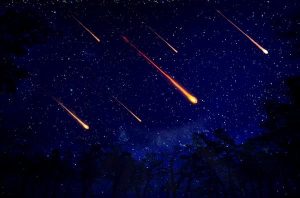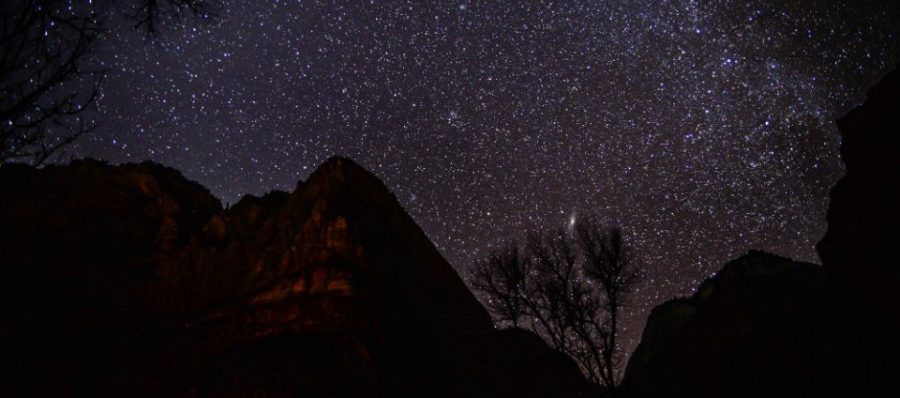One of the best parts of appreciating the beautiful natural world in Utah is looking at the night sky. While light and air pollution make it difficult to see much of the sky in the city, the remote, mountainous areas of Utah offer plenty of opportunities to stargaze. These views are awe-inspiring and fascinating any night of the year, but some particular astronomical events this year will make it an especially good time to appreciate the wonders of the night sky. Take these events as an opportunity for an end-of-summer nature escapade — in a few weeks, you might be too busy reading astronomy textbooks to actually go out and experience the real thing.
Views of Mars (August)
From July to September of this year, our neighbor Mars will be especially bright and visible. Both Earth and Mars have elliptical orbits, meaning that at certain points in time, the two planets are closer to each other in distance. At the peak of Mars’ opposition in late July, Earthlings got their best view of Mars since 2003, and Earth and Mars will not be this close again until 2035. While Mars can be appreciated with a naked eye during this time, using a telescope will allow for a more detailed examination of the planet.
Solar Eclipse (August 11)
Putting this on the calendar is a slight cheat – this eclipse will not be visible in Utah. The closest viewing point is northern Canada, and the eclipse will be most visible from Russia and northeastern China. (Road trip anyone?) Still, 2017’s solar eclipse was a reminder of just how spectacular this phenomenon can be. This will be a partial eclipse — at most, the sun will be 68% covered. Waiting for the next full eclipse visible in North America will require some patience — it will not occur until April 8, 2024.
[media-credit name=”pixabay” align=”alignnone” width=”286″] [/media-credit]
[/media-credit]
Perseids Meteor Shower (August 12-13)
This powerful meteor shower — Perseids can boast up to 60 meteors per hour — will be especially exciting this year. On Aug. 12 and 13, views of the moon will be virtually nonexistent, darkening the night sky. The website Sea and Sky recommends going to a dark location after midnight for the best show possible.
[media-credit name=”National Parks Service ” align=”alignnone” width=”300″] [/media-credit]
[/media-credit]
Comet 46P Sighting (December 12) and Geminids Meteor Shower (December 7-17)
You will have to wait a little longer for these two events, but anyone willing to brave the cold is sure to enjoy a refreshing cleanse from finals week malaise. The predicted sighting of Comet 46P could be a unique opportunity for stargazers. Expected to make an appearance between the Pleiades and Hyades clusters, it will likely be the rare comet visible with the naked eye. The Geminids shower is easily one of the most powerful and spectacular showers visible from Earth, producing a peak of 120 meteors per hour. This beautiful show can be experienced into the early morning, and meteors may be visible from any area of the sky. This shower will peak from December 13-14.


